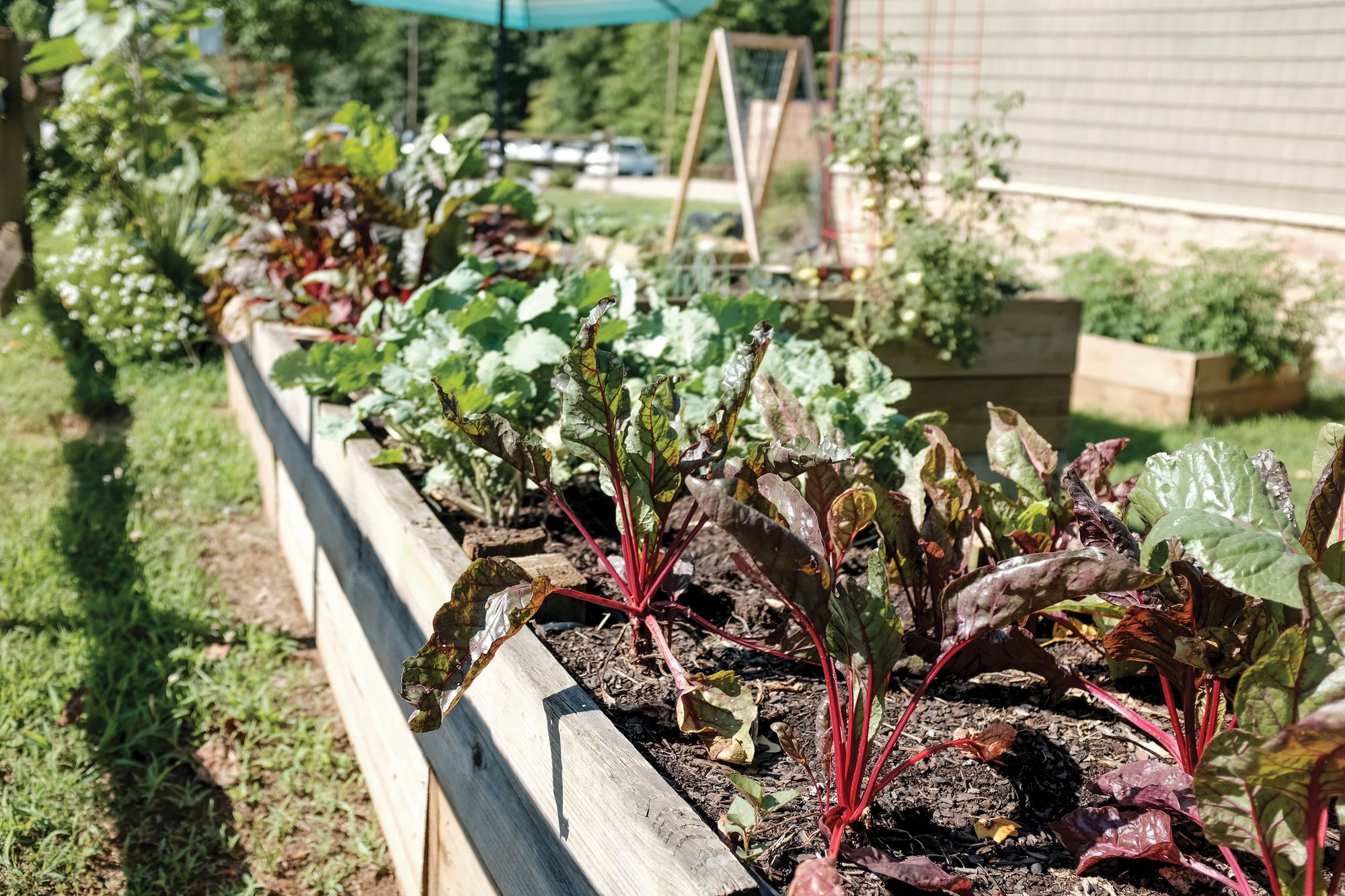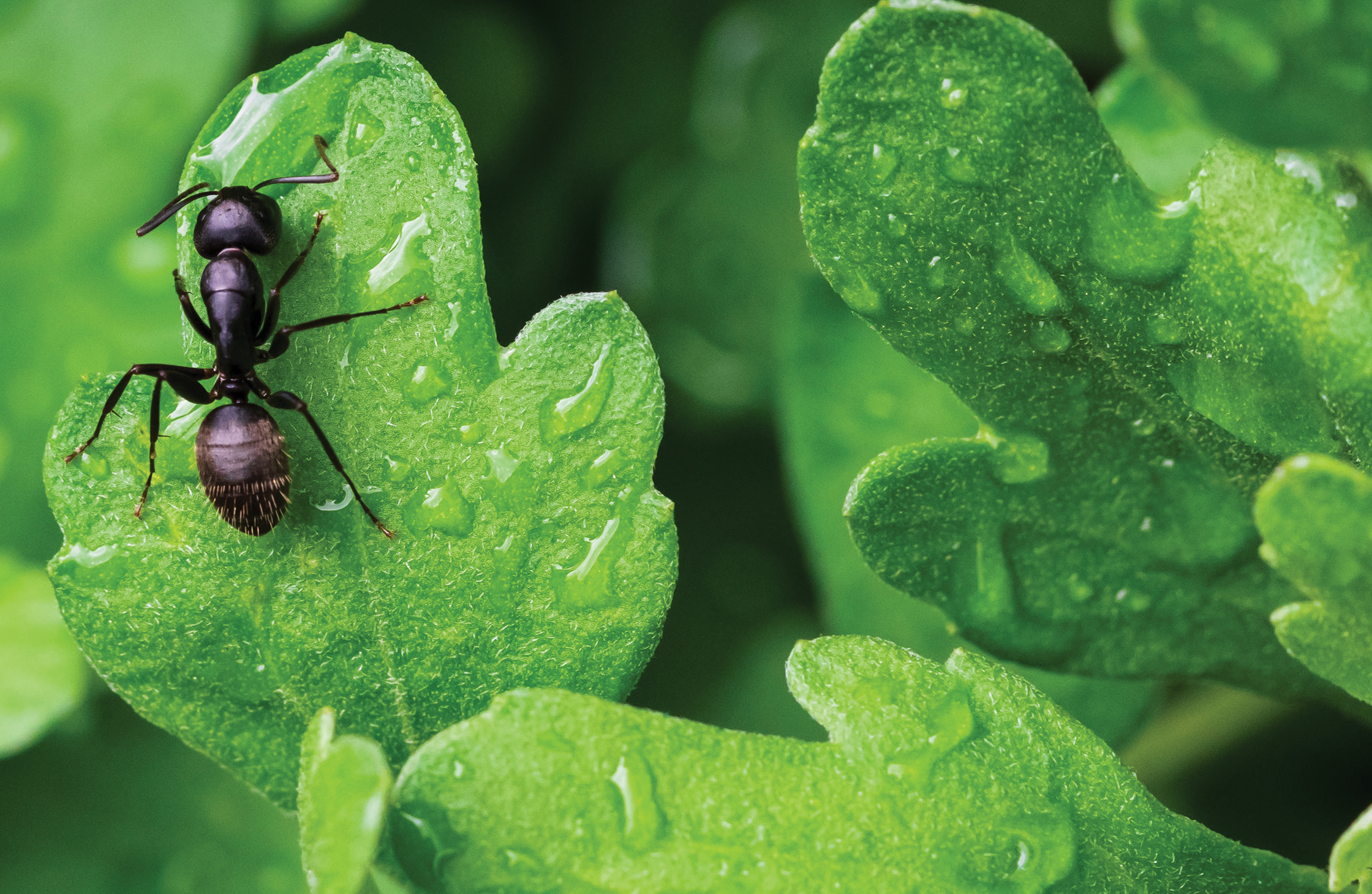Photo by Shannon Potter on Unsplash
The summer is here, and many backyard gardeners have already begun fighting a multifront war against the very nature we are trying to harness. The heat has caused your cool crops to bolt, the ants and earwigs have left your leafy plants looking like they took a load of buckshot, and the mystery of why your plants are still stunted compared to your green-thumbed neighbor’s has got you feeling both confused and disappointed. Don’t worry; you're not the only one. I’m in the trenches right next to you — along with everyone I talk to at the plant clinic and around town.
Many Master Gardeners will tell you that gardening is a lifelong learning process. Even in their fiftieth year of gardening, mistakes and miscalculations are more common than others expect. It is good advice, of course, but it’s exhausting to make plans and efforts for months only to have half your crop wiped out by bugs, the other half under- or overwatered, and the shade from a neighbor’s tree covering the entirety of your space, stunting the peppers you thought would surely be getting full sun. It happens. It even happens to veteran gardeners who have lived and grown here for decades — maybe longer than you’ve been alive.
I’ll bring up a few of the most common issues — and specific problems I’m dealing with in my garden — but the most important takeaway is: It’ll be okay. Just keep trying. Keep learning and experimenting with what works best for your predicament. If you can’t figure it out yourself, we’re here to help. Gardeners want other gardeners to do well; WSU Master Gardeners are available with the weight and knowledge of the University, and so are your local gardening supply stores and social media groups on Reddit and Facebook. We’ve all got your back. Whatever the sticking point was this year, we’ll do it better next year. Soon, you’ll be able to help some new gardener with that issue that almost made you give up.
Speaking of issues: Bugs, bugs, and more bugs!
There are so many books, articles, and blog posts about the creepy-crawly things that live in your garden. It’s a lot of information, and it can lead to a surplus of advice. If you have the time and inclination, a deep study of your enemies is almost always worthwhile — but not always necessary. For example, we had a client bring in flying ants they thought were damaging a tree in their yard. I am still new to the clinic and spent half an hour using the microscope and an identification booklet matching wing segments and thorax shapes to try and find what kind of ant it was after an exhaustive search through the picture database. Thankfully, a woman who comes in a few times a week happens to know a whole lot about insects. She walked in after I had given up, looked at the baggy of dead ants for two seconds, and said, “These are Alates. They look nothing like the original form of this species because they changed to have the power to fly. You weren’t going to find a match, but it doesn’t matter anyway because only carpenter ants will cause wood damage like that — and these aren’t carpenter ants.”
The ants that gardeners deal with won’t hurt your trees, but they will destroy your crops if left unchecked. There are many possible solutions, each with varying degrees of effectiveness, safety, and cost. I have chickens and a dog, so some of the more ‘intense’ options are off the table for safety reasons. I also don’t want the hassle of constantly buying name-brand products that need continual application. These constraints led me to use diatomaceous earth as a solution for ants and earwigs that snack on my plants. I had already bought it for tick control in my chicken coop — and it’s both easy to apply and relatively inexpensive. The only downside is that it doesn’t work when it’s wet. It won't solve your ant colony problem, but used in conjunction with other long-term colony destruction efforts, it will help act as a shield against the daily attacks on your veggies from most insect pests. If you pursue a different route to pest control, always, always read the labels and follow instructions for all forms of insecticides you plan on using. I know it’s boring and there are a lot of small words, but it is the best advice I can give.
My final note on garden bugs was my biggest issue at the beginning of the season: don’t give the bugs a convenient place to live. It’s easy to create dark, damp places for earwigs to take advantage of: that half-full trash bag of weeds, that tarp left out to dry, or, in my case, those planks of wood I laid on the ground to mark out plots. I had built them an apartment complex next-door to a buffet of plants I had been carefully cultivating. As soon as I realized my mistake, the boards came up, diatomaceous earth went down, and I switched to wooden stakes and rope to mark off the beds. Finally, check inside curled leaves and unopened flowers for unwanted visitors, as well as under larger leaves where insect eggs might be hiding.

The second topic of note this month is the sun and heat. We live in a hot place, and it’s only going to get hotter for longer as time moves forward. Already, farmers and gardeners have mentioned changing weather patterns upsetting the standard timing for planting, the amount of harvestable produce, and water use. Earlier, I mentioned that sun cloth could be used to give tomatoes — which have trouble pollinating above 85–90°F — some shade. This same technique can be used on other veggies that burn in the long, hot days. In addition to a sun cloth, a layer of mulch is a popular way to keep soil temps from getting too high and maintain moisture — which also helps with the amount of water needed and is a great way to deter common weeds if it’s layered deep enough. To obtain mulch, sign up for free wood chip delivery when they cut down trees in your neighborhood. (Just be sure to read the ‘fine print’ and note how much they will dump and where they will dump it.)
Besides mulch, one way to ensure your plants get enough water to make it through the heat is by changing your watering management. The best time to water is the early morning, ideally infrequently and for an extended time, which helps develop deep roots in both veggies and lawns. Water loss through evaporation in the top inch or two of soil is very common and can be costly if you don’t have irrigation. With that in mind, you might think that watering at night is best, but the issue with night watering is mold and rot — the plants shouldn’t be wet for that long. This is less of an issue in the dead of summer when it’s hot even at night, but to practice good form, try to stick with early morning. The standard finger test (stick your finger into the dirt — if the soil doesn’t cling to it, then it needs to be watered) will tell you if you're watering enough, but don’t rush to ‘fix’ the problem and water the area if it’s still the middle of the day; you would lose most of that water to evaporation. Simply increase the amount of water at the next watering.
Like all of life, there are always going to be things that don’t go according to plan. As food prices continue to climb — and the selection gets worse — it’s worth it to (at least try to) garden when and how you can — pots on the side of a house, raised beds made from pallets, or ground plots using some sticks and rope. There are people around you who want to help you grow your own food and hopefully food for those around you. You’ve got this! See you next month.
Local nonprofit chef, first time gardener. Instagram: @food4everyonetc and @blackapronwa


